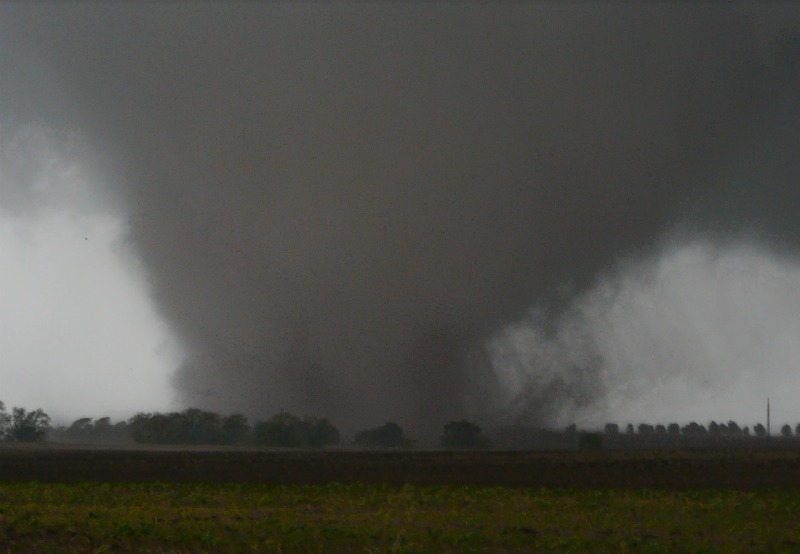It Felt Like A Cold January, But How Cold Was It?


This article was provided by AccuWeather.com.
For many residents of the North, it felt like a frigid month of January, but when you actually look at the numbers compared to average, the result might surprise you.
Everyone remembers that the Winter 2011-2012 season was very mild with above-average temperatures across nearly the entire country outside of the Northwest.
Winter 2012-2013 has felt much colder from the West Coast to the northern Plains all the way into the mid-Atlantic and Northeast.
Here at AccuWeather.com, we compared the temperature departures from January 2012 and January 2013 to find out exactly how different the two months were for selected cities across the country.
January 2012 vs. January 2013 Temperature Departures in Degrees Fahrenheit
Boston: +5.1 vs. +2.5
Get the world’s most fascinating discoveries delivered straight to your inbox.
New York City: +4.6 vs. +2.5
Pittsburgh: +4.4 vs. +3.1
Detroit: +5.1 vs. +3.3
Chicago: +6.5 vs. +2.8
Minneapolis: +7.7 vs. +1.3
Fargo: +10.3 vs. +1.5
Atlanta: +5.8 vs. +6.6
New Orleans: +7.4 vs. +3.2
Dallas: +4.4 vs. +3.1
Phoenix: +2.3 vs. -2.8
Sacramento: +1.5 vs. -2.2
Seattle: -2.3 vs. -3.8
What we found was that by and large, temperature departures for this past month were still above normal from the northern Plains into the Northeast. However, they were not nearly as extreme as last January.
You may think, how in the world was it above normal when it's been frigid in my location?
Well the answer lies in the 30-year averages which we're comparing these numbers against, and how the first part of the month turned out. Don't forget that the first week of January turned out close to normal for the mid-Atlantic and New England with the second week running between 10-15 degrees above normal.
Even across the northern Plains, temperatures were well above normal in the second week of the month before crashing down during the middle and later part.
When you get a stretch of 7-9 days above normal it becomes very hard to counteract the initial departure, even with a few days of arctic temperatures mixed in.
The only real zone of below-normal temperatures that we found was across the Intermountain West and the Pacific Northwest where shots of cold air were common in during the month.
The cold air was even trapped at the surface, leading to widespread bouts of freezing fog in the interior valleys, which caused temperatures to remain well below average.
So, the moral of the story is that January has been quite a bit colder than last year across the country, however, still above average over the eastern two-thirds.
AccuWeather.com. All rights reserved. More from AccuWeather.com.
The only sure thing about weather forecasts is that they’re wildly different all over the planet. Test your knowledge on the wild ranges in temperature, precipitation and more.
Extreme Weather Facts: Quiz Yourself



